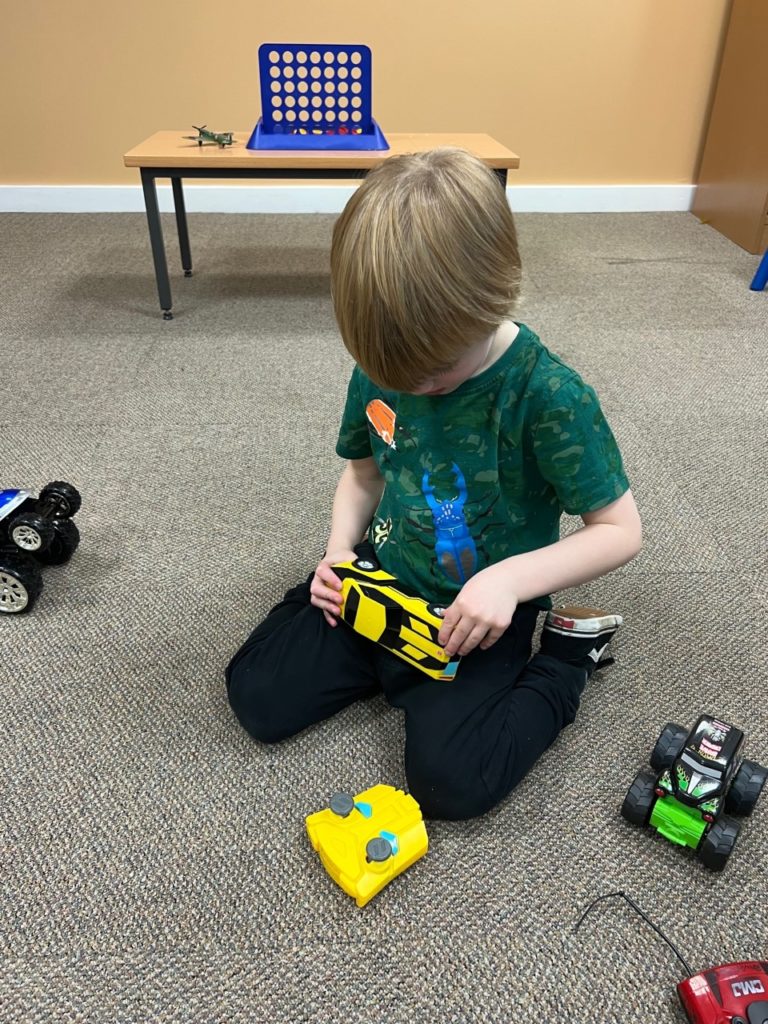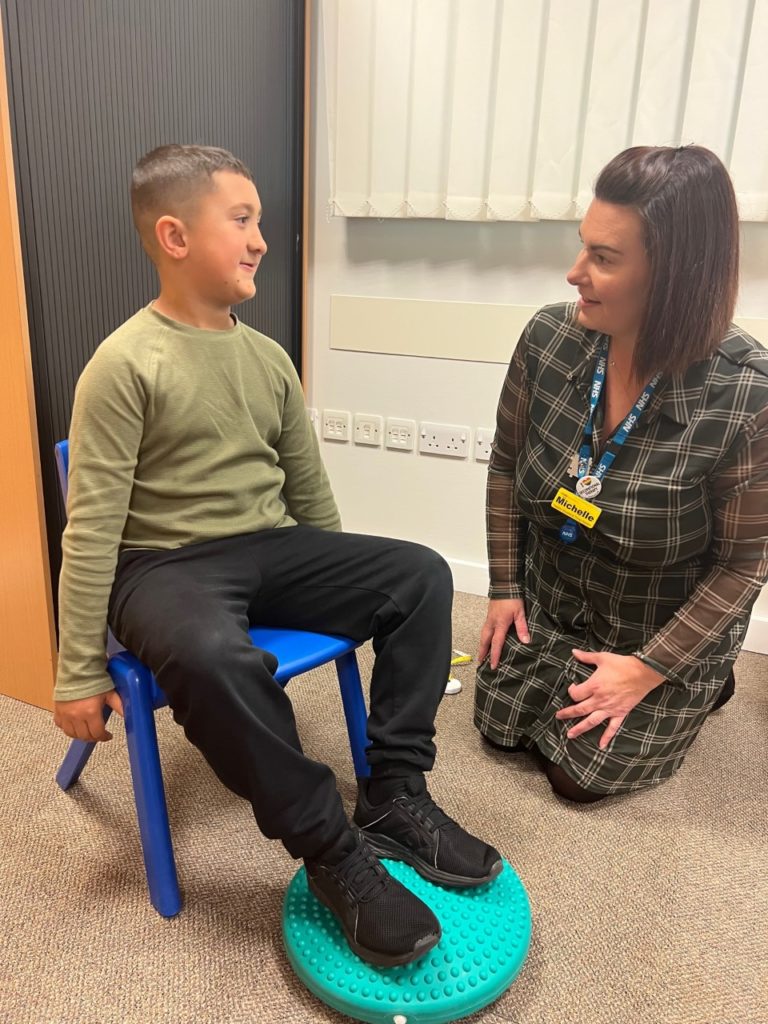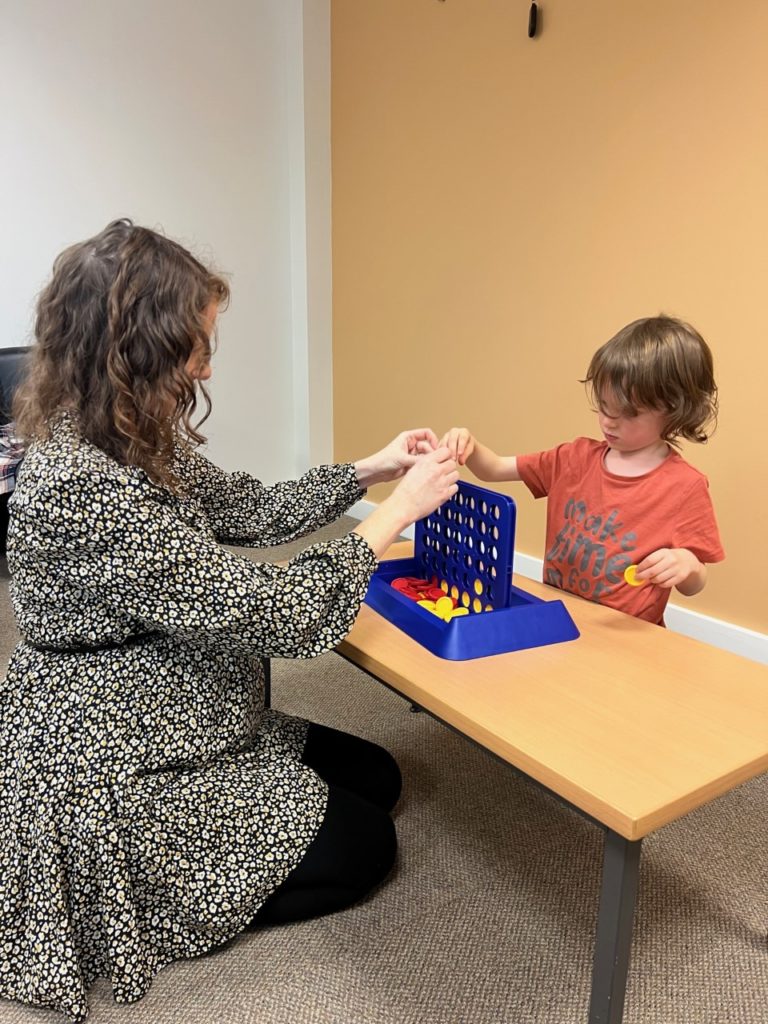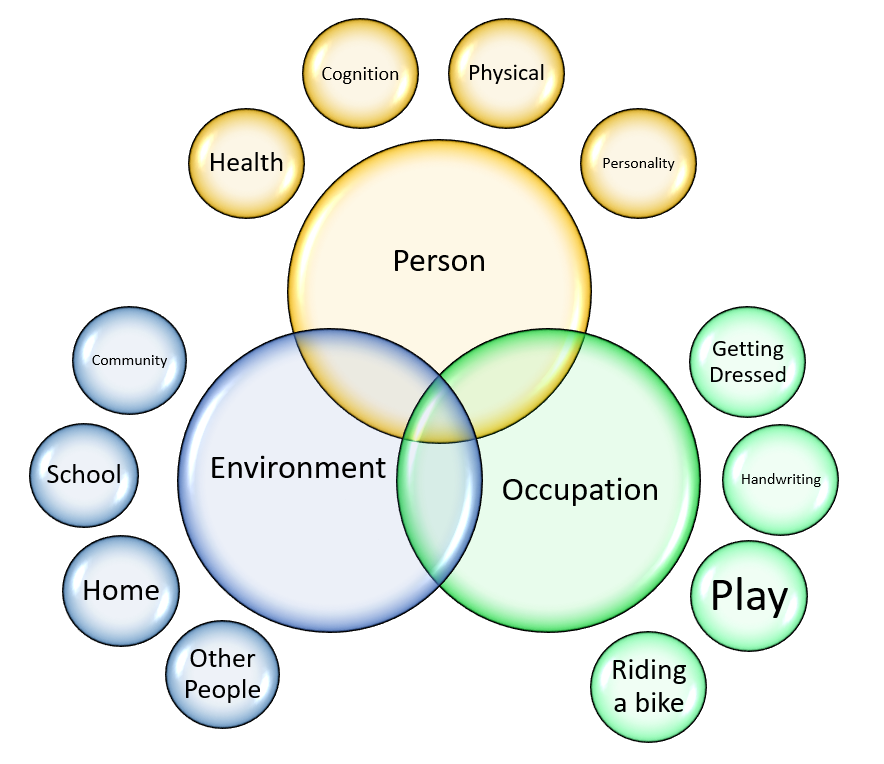What is Occupational Therapy?
Occupational therapy helps you live your best life at home, at work – and everywhere else. It’s about being able to do the things you want and have to do. That could mean helping you overcome challenges learning at school, going to work, playing sport or simply doing the dishes. Everything is focused on your wellbeing and your ability to participate in activities.
It’s also a science-based, health and social care profession that’s regulated by the Health and Care Professions Council.
Our aim is to identify the activities that a child wants or needs to do and consider strategies to make these occupations easier for the young person and/or the adults who support them.
What is an “Occupation”?
An occupation is any activity that we need, want or like to do to live and to look after our physical and mental health, and our emotional and spiritual wellbeing. We do occupations from the moment we’re born, on our own or with others.
Occupation isn’t just your job or activities of daily living. An occupation can be self-care, such as washing, eating or sleeping; productive, such as work, study, caring or domestic activities; and leisure, such as playing sports, hobbies or socialising.
We’re all different and so are the occupations that matter to us. They vary depending on our environment, interests and values, talents and skills. Our occupations also change throughout our lives.




